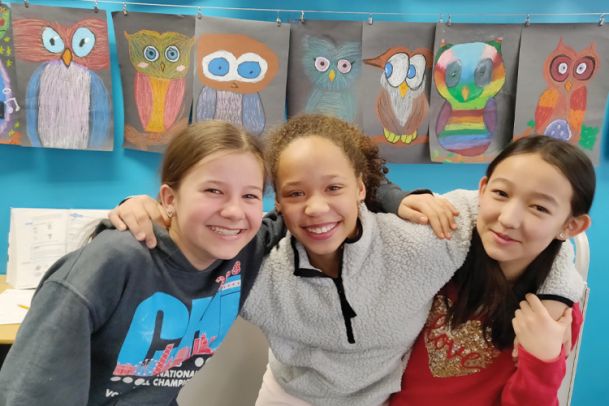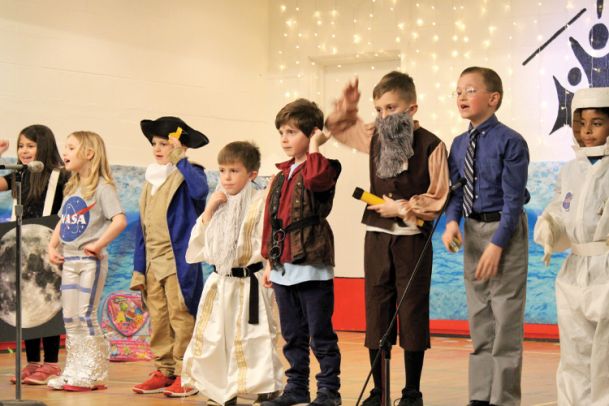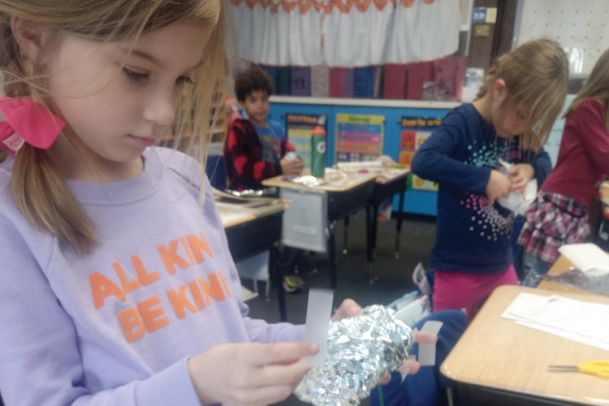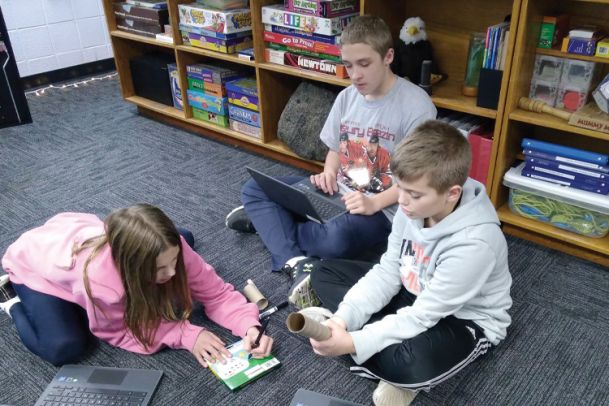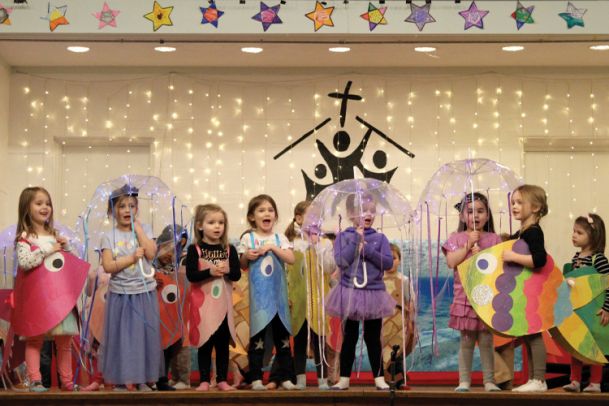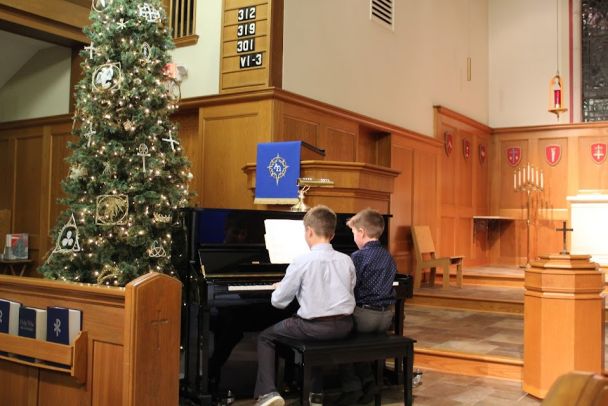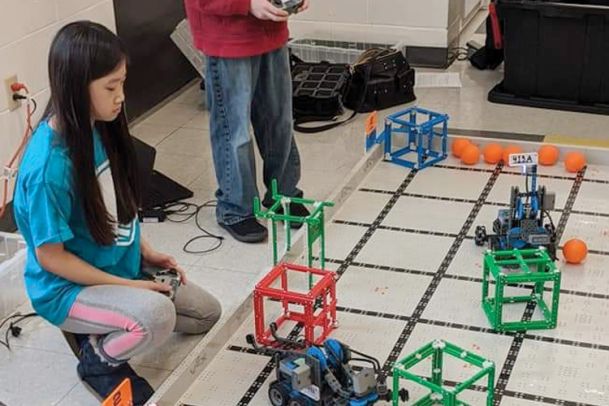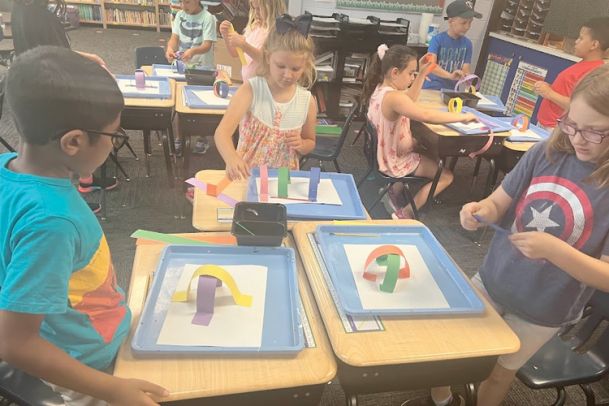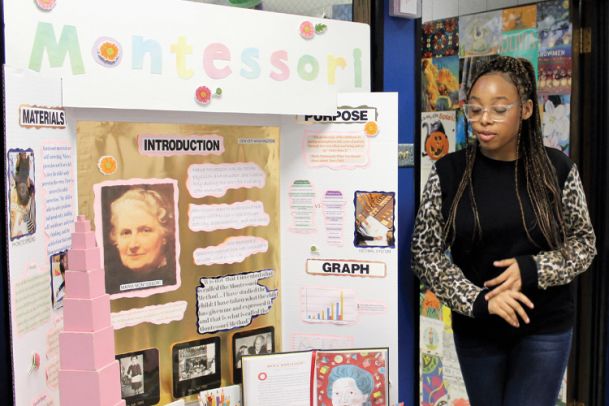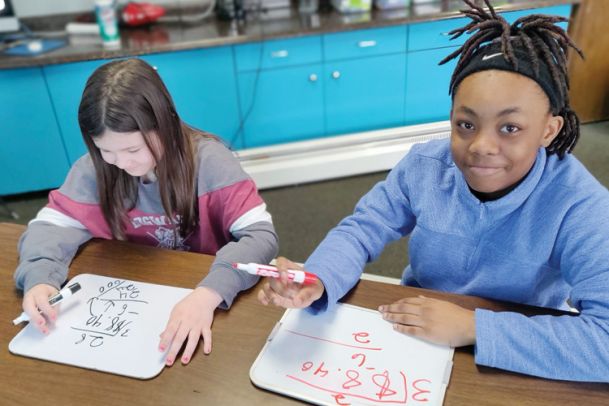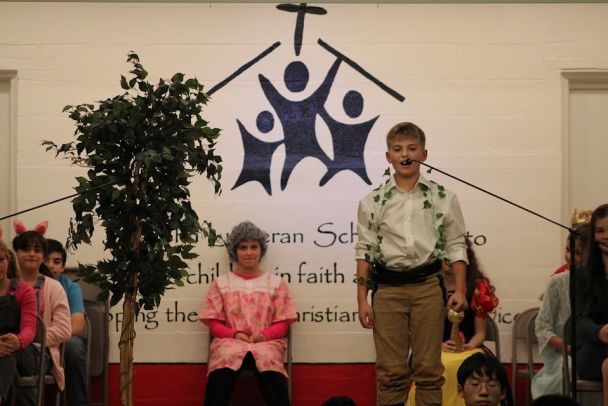|
The principles of education at St. John Lutheran School were developed through a study of educational best practices understood in the light of Christian belief. By combining time-tested core principles together with up-to-date teaching practices, we offer a quality Christian education to our children. Performance-Based AssessmentBecause all students learn differently, students are assessed using multiple means, other than just paper and pencil tests. Some examples of these alternative assessments may include student demonstrations, writing projects, drawing or building projects, developing portfolios, and giving oral presentations. TechnologyJust as the role of computers has changed life in the workplace, computers have also changed life in schools. Technology has now become as much of an essential tool for learning as paper, pencils, and textbooks have been in the past. Chalkboards of the past are now interactive “CleverTouch” screens connected to the internet. As age-appropriate, our classrooms are set up to provide one-to-one technology with newer computers, Chromebooks, up-to-date programs, and limited and controlled internet connections. Perhaps more importantly, students are also taught to be discerning with information and data found on the internet. Parental InvolvementParents and caregivers are the most influential people in a child's life. We offer a variety of opportunities for parents and caregivers to volunteer both in and outside of their child's classroom. Family EnvironmentChildren learn best when they feel that they are loved, safe, and accepted. For this reason, we value the family-like atmosphere that we have within the classrooms and throughout the school here at St. John. Not only do we have the students gather for activities, but we also encourage parents and families to be active and involved in the school, church, and other various activities. Differentiated InstructionTeachers at St. John differentiate their instruction to ensure that what students learn, how they learn, and how they demonstrate that knowledge is a match for their readiness level, interests, and preferred style of learning. |
|




